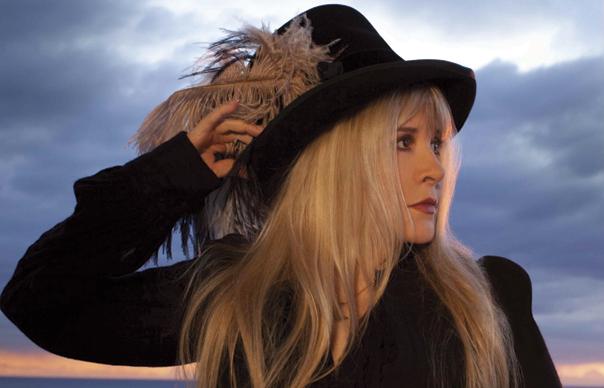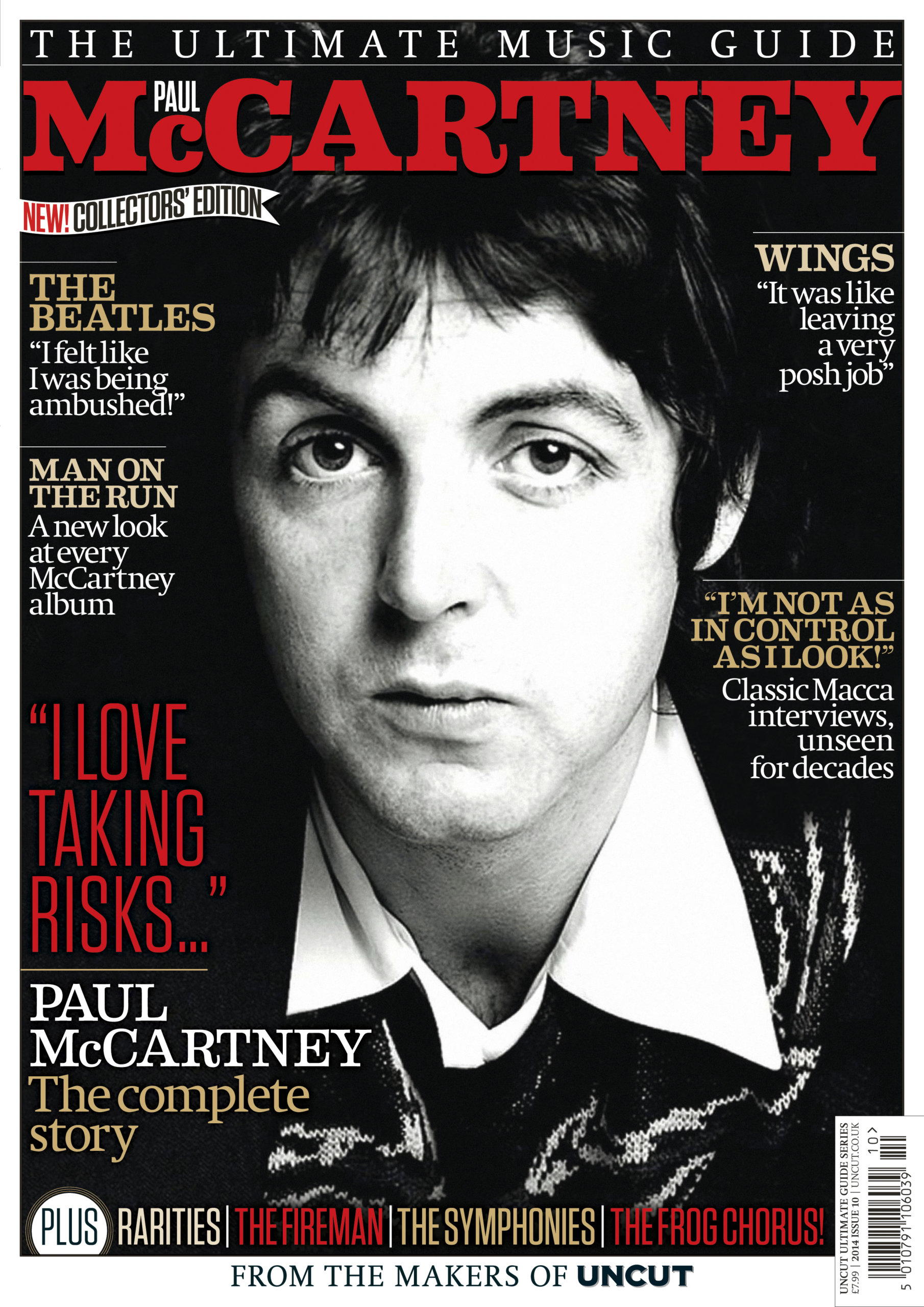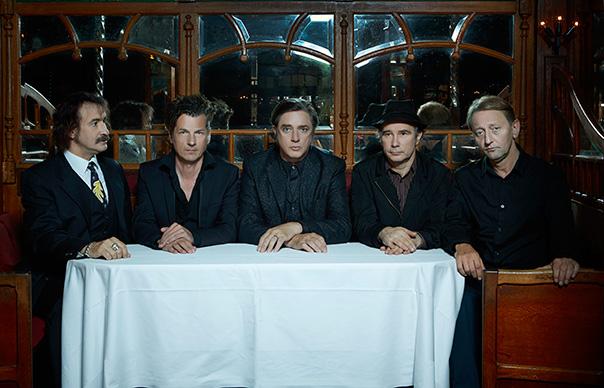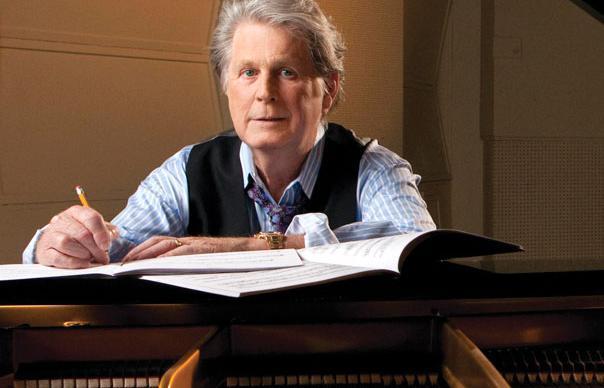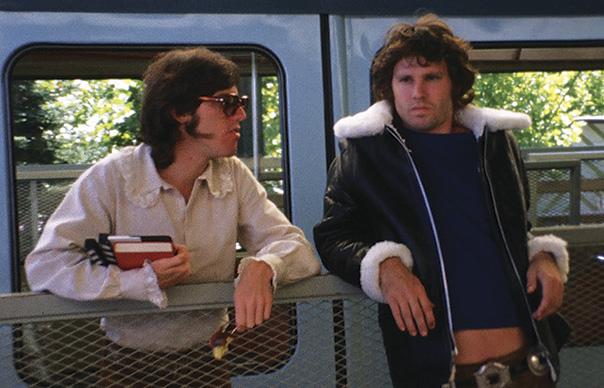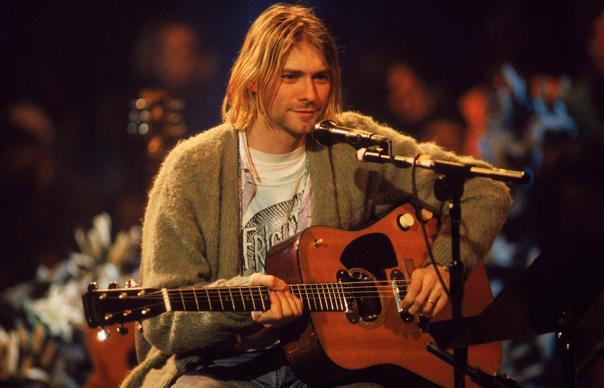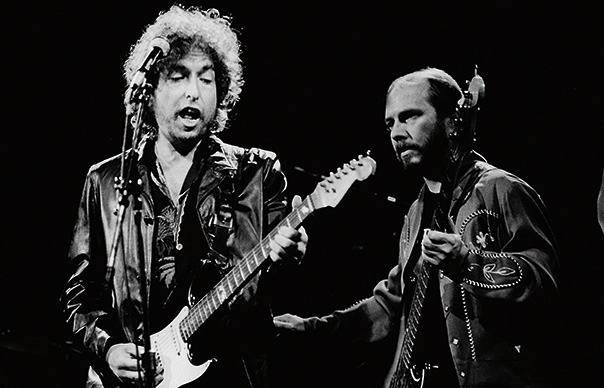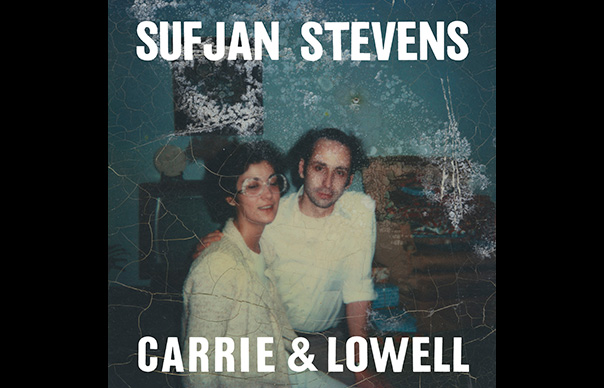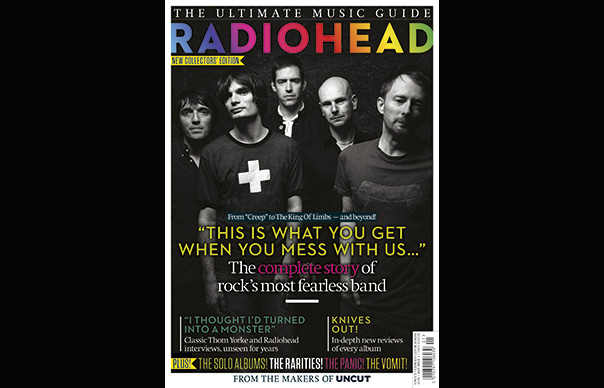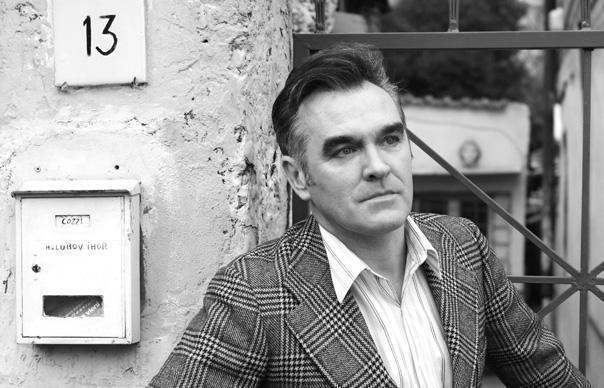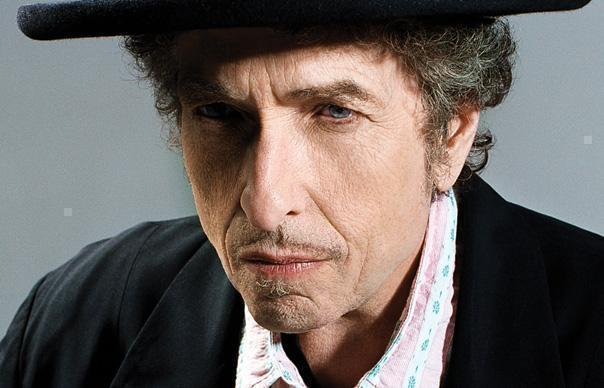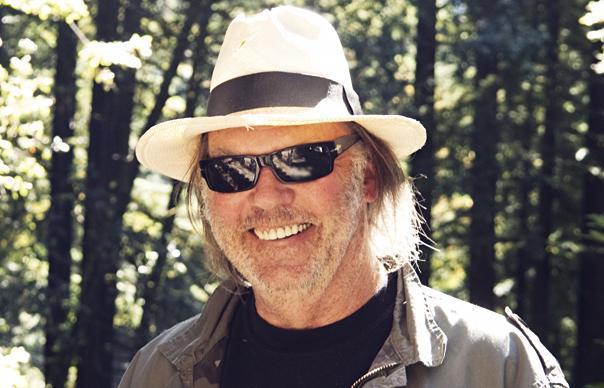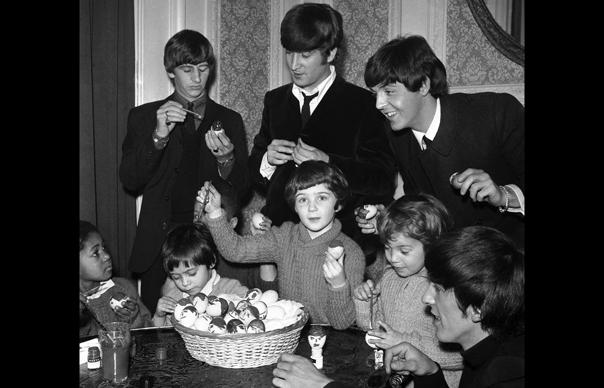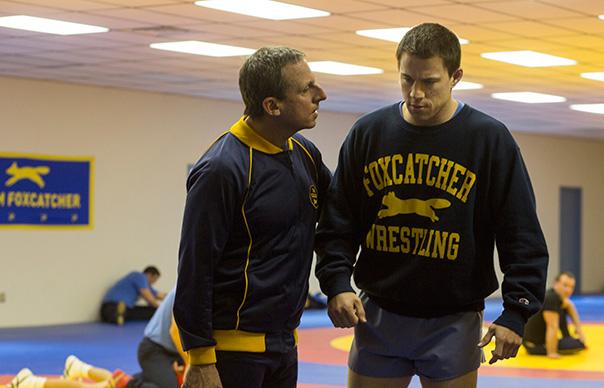In tempestuous times, Let England Shake confirmed PJ Harvey as one of the most important musicians of the last two decades. In our January 2012 issue (Take 176), Uncut headed west to encounter Polly Jean Harvey on her Dorset home turf, and to reveal the vision behind Let England Shake and its illustrious predecessors. “It is,” she says, “such a dangerous tightrope to walk.” Words: Stephen Troussé
__________________
It’s the last morning of the blazing Indian summer and London feels like a movie set. Across town a raggle-taggle platoon marches to St Paul’s with plans to occupy the Stock Exchange. Here at Waterloo, the station is thronged with ladies in implausible hats and booted, suited wideboys studying the Racing Post, all waiting for the early train to Ascot. We’re here for a different pilgrimage, a journey to the deep green heart of the country to meet the artist who has charted, more acutely than anyone, the latest uncanny episode in England’s dreaming.
Back to the engine, gazing out through the window, with PJ Harvey’s Let England Shake soundtracking the speeding trainscape, it’s as if you’re being dragged backwards into the past by ghosts of the nation’s unquiet dead. Through the dozing, dappled home counties, across the Downs, out past multiplexes and retail parks to the docks, container sheds and glittering ocean, and into the album’s vale of myth and mortality – of “the grey, damp filthiness of ages and battered books/And fog rolling down behind the mountains/On the graveyards and dead sea captains”, as she sings on “The Last Living Rose”. Intoxicated by this potent cocktail of song and landscape, you step off the train half expecting to find Polly Harvey holding court in some ancient smuggler’s dell, stalking a bombed-out church or addressing the English Channel from the Cobb of a storm-wracked bay. (Patti Smith, for one, seems similarly enchanted. “I like her,” she tells Uncut. “I like her range. She is fiercely modern and has the heart of a shepherd girl.”)
In fact, we meet in a bright, British-modern hotel in a Dorset market town, where wine glasses tinkle to the sound of Adele and the mushy peas fancy themselves as purée. Polly appears dressed head-to-toe in black, but more in the style of a discreetly hip curator than the East End funeral-horse look she has adopted for recent performances. As we talk, though she maintains the poise that characterises every aspect of her art these days, there’s one unsettling reminder of the strife that has fed it. On the street outside the hotel window, there’s a market stall. But where you might expect a display of surfwear and stoner T-shirts, instead it seems to be doing brisk trade selling paramilitary surveillance kit and camouflage combat gear for children.
Congratulations, Polly, on an incredible year. Short of a No 1 record, it’s hard to imagine how it could have gone better…
“It’s been a wonderful year. Really amazing. Obviously whenever you make a new piece of work, you don’t think how it might be received at that point, you just follow the direction the work is taking you. And I had no idea how people would receive the record, even when we had finished it. I knew I was very pleased with it. And I knew that I had achieved what I set out to do, which isn’t always the case. Often when I start recording I think I’m heading in one direction, but find myself veering off somewhere else and don’t quite get where I want to. But I knew with this record it had absolutely gone where I had hoped it would.”
Your Mercury Prize felt almost more like a coronation than a simple album of the year award. Yet you received similar acclaim for Stories From The City…, which you’ve subsequently said isn’t your favourite album. How do you measure the success of your work?
“For me the most important thing is to hopefully create and achieve what I desire at the onset of the project. And I’m quite a good judge myself of whether I’ve managed to do that or not. And it’s not often that I will make a record like Let England Shake, where I know after I’ve finished writing it that that’s a very strong piece of work and I couldn’t have done any better. That doesn’t happen very often. Having said that, I knew that for me, White Chalk was an album like that, too. I had a very clear idea of what I was setting out to do with that piece and I felt that I did it, and I think it’s a really strong album. For me it’s a very successful album! But in terms of how many it sells it doesn’t make sense at all.”
By fearful symmetry the campaign for Let England Shake was bookended by two television appearances on Andrew Marr’s Sunday morning politics show. In the first – in April 2010, a couple of weeks before the General Election – she appeared strumming an autoharp and singing the album’s title siren song before Gordon Brown, visibly crumpled in the desperate final days of his premiership. And then in September 2011, she challenged the oleaginous David Cameron on his part in steering us towards a world where “economic gain is the only goal of worth”, before singing a death-defying “The Last Living Rose”.
Did you get any sense of whether Brown or Cameron engaged with your songs?
“In those situations you have no opportunity, really, to talk to them. It’s all so fleeting. Understandably, because there’s so many other people around and they are doing 30 different things at any one time. I had a brief word with David Cameron, but in no way was I able to have a conversation.”
It must have felt like a remarkable opportunity, to sing directly to people in power?
“Of course. It was an amazing opportunity. It almost felt surreal, to be in that situation, very early in the morning in a brightly lit television studio, having that moment, when I could sit down next to David Cameron and then perform a song like ‘The Last Living Rose’. I was so glad to have been asked to do that.”
In the brief time you were in the studio together, Cameron said his wife, Samantha, had bought the album following the Mercury Prize and was enjoying it. Johnny Marr famously forbade Cameron from liking The Smiths. Do you think that’s silly? Do you worry about the wrong people liking your work? In some ways it’s quite easy to imagine very conservative people enjoying Let England Shake. And they might not be wrong?
“I think it’s open to many interpretations, an album like this. I wanted very much to write a piece that was open to many different interpretations and was quite ambiguous. But I’ve always had a strong belief that when a record is finished and when it goes into the public domain I let go of it and have no power over it. It belongs to the people.”
It’s fair to say that Polly Harvey herself sometimes talks with the guardedness of a well-drilled politician. The hint of any spin on a question, any murmur of interpretation or the suggestion of intention, is met with the straightest of bats, an almost Boycottian, steadfast deliberation. Ask, for example, whether there isn’t something slightly dangerous, a Morrissey-esque frisson of provocation, in singing about “goddamn Europeans”, of stagnant English blood and foreign soil, and the response is polite but diffusive.
“Yes, it’s provocative in that way,” she admits. “And I’ve always wanted to be an artist that provokes a response in a listener, always. I want people to think about things. At the same time, I don’t hang on to something when it’s gone out to the public, because it would drive me mad! You can’t survive like that as an artist – I’m just speaking for myself, maybe other people can! But I have to let go of it. I can’t look after that work and tell people how to take it. In some ways, it doesn’t matter who the artist was who created the piece, ultimately it has to exist on its own. After I’m dead and gone, hopefully people will still want to listen to that record. That leaves the work much more open to travel.”
She learned very soon not to give too much of herself, except in her art.
“Everything happened very fast when I was very young,” she says, remembering her early days in London 1991/’92, the media storm that greeted “Sheela-Na-Gig”, her first NME cover, the intensity of the response she inspired. “I had to learn very quickly how to cope with interviews, things like becoming more public, being on stage more, being recognised. It’s very difficult at a young age to deal with, especially coming from a very sheltered upbringing.”
__________________
If Let England Shake is the album of 2011 it’s because of the richness of its conception and writing, the ghostly dramatic polyphony that suggests that the English Civil War never really ended. But it’s also because of the maturity and majesty of its delivery – the marching, fighting, drinking and mourning songs, tunes that feel like they’ve already lived a century or two, coupled with a voice in its forties still discovering new characters to play, and, on “Battleship Hill”, giving the performance of a lifetime. And finally, because of the way it has chimed so uncannily and powerfully with the times.
What happened between those two Andrew Marr performances? A seismic year and a half of regime change, fiscal brutality, occupations, demonstrations, crumbling media dynasties, financial panic, riot and ultimately English cities in flames. If they were ever to bring back The Rock & Roll Years, the old BBC TV show that rubbed news footage up against the hit parade of the day and watched the sparks fly, for the episode on 2011 they could do worse than simply set the rolling news cycles to the sound of Let England Shake.
“I was just responding to what I felt compelled to do at the time,” Polly says now, a little mystified at the suggestion that the artist might be, in Ezra Pound’s words, “the antenna of the race”. “It was just responding to the world we live in,” she admits. “It’s just coincided with this continuing seismic action, to use your words, with what’s happening now. I could never have foreseen it would fit in today, or even the time it came out, because I began writing it two and a half, three years ago. So it’s just the way things have evolved suit the record really well.”
Ask what was the first mystical inkling she had of the mood and direction of the album and she is quick to steer the conversation back on-message.
“I had wanted for many, many years to begin to explore my feelings towards the wider world in song, to what goes on that we read about and hear about through the news. I’ve always been very affected by what’s happening in the world. Profoundly so. I feel so moved by things every day. And such a feeling of impotence, like we all do. What can you possibly do to change anything? I’d long wanted to be able to start to bring these feelings into songs and I didn’t know how. And I also knew that I would have to do it very well or not do it all. It’s such a dangerous tightrope to walk. I really didn’t want to write bad songs on such important matters. And often your heart can be in the right place, but that doesn’t mean you’re going to do good work. So I was very wary of that.
“Part of the reason this album happened was that, as a writer, I was finally at the stage where I was more confident that I could carry it off. I had more craft of language at my disposal than I had before. And it was that coupled with the greater sense of urgency and frustration, and that feeling of impotence. It was those two things that made me think, ‘OK, if I’m feeling this profoundly moved, upset, frustrated by what’s happening, can I use that in song?’”
Throughout Let England Shake there are echoes and allusions to earlier artists wrestling with national disgrace, from the seedy homesickness of “The Last Living Rose”, recalling both “The Queen Is Dead” and William Blake, through to the chords of “The Dark Places” echoing “There Is A Light That Never Goes Out”, and “The Colour Of The Earth” picking up something of The Clash’s “Straight To Hell”. Polly herself has suggested that two major inputs were the dreamy devastation of The Doors and the bilious poetry of the first two Pogues albums. Founding Pogue Spider Stacy is touchingly gobsmacked at the suggestion of influence.
“I am beyond flattered that she should have been listening to us while making a record of such beauty as Let England Shake. There is no one else like her. She’s peerless, one of the very few contemporary artists in any discipline whose clarity and profundity of vision have sharpened and deepened over the years to a point where she now seems to be working in a field defined only by herself. Her empathy, her erudition, the sense of the connection between blood and clay and the bones and roots of the world echo something that could so nearly be lost, but is always somewhere to be found, hovering in the air or lying in the soil below us: the dark red life of these rainy islands.”
Polly, were you conscious of contributing to this canon of state-of-the-nation albums?
“No, I wasn’t conscious of joining a wider body of what had gone before. Although some of those artists are my favourites: The Clash – fantastic! The Smiths – amazing! But I knew that whatever I ended up with would be my own language, my own way of doing it. When I embarked on Let England Shake I was quite prepared to fail. There’d been a number of times I’d worked towards writing an album like this and abandoning it because it wasn’t very good. I was quite prepared for that to happen again. I wasn’t imagining joining some band of brothers who’d gone before and done it well. I didn’t know whether I’d be able to do it all, let alone do it well.”
It’s a tradition in writing about PJ Harvey that each album is presented as a reaction to the one before: so after the bleeding raw Rid Of Me, the darkly cinematic To Bring You My Love; after the glittering pinnacles of Stories From The City…, the wilfully sketchy Uh Huh Her.
In this narrative, Let England Shake has been covered as an escape from the harrowing autobiographical grief of White Chalk into the wider world of Issues – war, politics and history. It’s a simplified reading, ignoring the deeper currents and continuities of her career. Let England Shake in particular has suffered from a certain literal-mindedness, read as though it were a straightforward history project, complete with footnotes and references to Wilfred Owen and Harold Pinter, Goya and Gallipoli. As though it were documentary rather than poetry.
Warfare and conflict has long been part of Harvey’s metaphorical arsenal, her way of writing about the battlefields of love and life. Way back on “Plants And Rags”, from 1992’s Dry, she sang of easing herself into a bodybag. On her 2009 collaboration with John Parish, A Woman A Man Walked By, on “The Soldier”, an eerie song that lays the ground for Let England Shake, she sang “I imagine a dream in which I’m a soldier/And I’m walking on the faces of dead women/And everyone I left behind me…”
“There are many others,” Polly agrees. “On White Chalk there was ‘The Mountain’. Even as far back as Dance Hall At Louse Point there was ‘Civil War Correspondent’.”
So the opposition between White Chalk and Let England Shake, between supposed autobiography and historical research, is really not so clear-cut?
“I totally agree with you. The last two records are a progression in my capabilities as a writer. I think I’m a better songwriter now, just through having a bit more experience. So the songs on both those records are much more cohesive or strong, they hang together better. They just seem more accomplished.”
If the run of albums from To Bring You My Love through Is This Desire? to Stories From The City… and Uh Huh Her might be subtitled, after one her songs, “The Desperate Kingdom Of Love”, White Chalk and Let England Shake, could be the sequel: “The Treacherous Kingdom Of Death”. The albums feel like parallel explorations of the same theme in different keys, like the fugue Virginia Woolf managed in Mrs Dalloway, between the domestic dissatisfactions of Clarissa and the war trauma of Septimus.
“I think my work has always been a desire to move forward and away from what I’ve done before. But for years I’ve tried to explain that my work’s not autobiographical. And White Chalk wasn’t any more than this one, but it was a time when I was very interested in exploring the inner psyche, the inner mind, the edge of things. I was reading a lot of novels that did that – a lot of Russian novels, Tolstoy, Dostoyevsky, where characters were really inhabiting their inner mind, right on the edge of losing things. That’s was what I was interested in and that’s where that album came from.
“And before that, I can see that an album like Uh Huh Her was really reaching to find something that it didn’t quite find. I think there were some good songs on it and there were some dreadful songs on it! I wasn’t sure where I was going. I think I learned a lot from that record, of knowing to bide my time in the future and just wait until something’s finished. Because the album hadn’t found its direction when I put it out. In hindsight I should have waited. The albums I’ve done since then, for me, I think are two of my strongest pieces of work, because I was prepared to wait and really find the direction the record was going in.”
Would you describe yourself primarily as a writer these days?
“Oh! These days… I still would put singer-songwriter. I feel that is what I’m best at. Though the largest per cent of my time is spent writing. I write separately from music these days because I find I can strengthen my words. I’m not a great writer, I’m not a great poet, I’m not a great novelist. But I can sing songs. I write songs, that is my strength – as frustrating as that is to me! Because I would love to be a better poet. But I realise that absolutely is not where my strengths are.”
Reading about your research, I was reminded of the section in Dylan’s Chronicles, where he describes reading old newspapers from the American Civil War. “I wasn’t so much interested in the issues as intrigued by the language and rhetoric of the times,” he writes. “It wasn’t like it was another world, but the same one only with more urgency.”
“Exactly, that’s exactly it! Although I did read a lot about history, the more I read, the more it was just talking about the language of today. And that’s also why it was useful to draw upon those reference points in the songs, because it is the same language. It doesn’t really matter what the actual date was, it’s still happening now. And it always will. That was the thing that I learned most of all through all of my reading: the language hasn’t changed, it’s remained the same since any record of war has ever been made. It’s the same language used to describe the end results of it. And I found that that really shocked me to begin with. Nothing has changed in hundreds and thousands of years.”
Are those ancient paths of Dorset your equivalent of Dylan’s Highway 61, where the Old Testament, the Civil War and the Civil Rights movement seem to be happening simultaneously?
“It’s not just Dorset; I spend a lot of time in other places. But I’m very aware of that always, and more so as I get older. That’s the nature of any artist. If you want to make something out of the world we live in, you’ve got to be open to really seeing things, really hearing things. That does mean you have to be open to absorb it. So you don’t just see the moment you’re in, you see the years beforehand and the years to come.”
Spend an hour with Polly Harvey and your overwhelming impression is of steadfast dedication to the life of the artist; a sense of vocation that is almost old-fashioned. It’s this commitment that’s seen her outlast the Too Pure kids and the riot grrrls, the grunge mavens and the Britpop boys, and remain vital into the 21st century.
“I remember having long talks with Polly about creativity and not having confidence in what you’re doing,” says Adrian Utley, guitarist and multi-instrumentalist with artistic fellow-travellers Portishead. “The thing with Polly is she always seems to know exactly where she’s going. Even when she says she doesn’t! She’s always seemed to me very strong and very focused. It’s really heartening for all of us – the fact that 20 years into her career she’s creating her strongest work. Her dedication is absolute, really. She’s completely driven by her creativity. I think it’s that superb, that really strong confidence when she’s made up her mind about what’s she’s doing. Including the way she looks and what she wears on stage. You might get the impression that she’s can’t be like that in reality… But in fact she is!”
Where did your commitment come from, Polly?
“Maybe it was my mother. Maybe it was growing up around lots of creative people – musicians, artists, photographers. I was always ambitious: I knew that I wanted to go into art of some kind. I didn’t know of what kind, whether it was going to be art or sculpture or painting or performance or acting – it could have been any of those things. But whatever field I went into I wanted to be the best. That was what I would aim for. Whether I got there or not was a different matter. I wanted to do the best work. And something new. That was very important.”
Has that conviction ever wavered?
“There’s been a couple of times, which I think is quite normal in anyone’s life. You find yourself going down a certain road, and you stop and think, and rightly so, ‘Is this the best I could be doing?’”
Is being an artist quite a selfish way to live?
“It is and it isn’t. In some ways it’s very selfless. You have to make many sacrifices in order to do it. But you find yourself looking at other people and thinking ,‘I wouldn’t mind living a more simple life’. But I think it’s very normal to any human being that you reach these certain markers in your life and you think, ‘Is this still feeling right or is there something else I could be doing with my life that would be more beneficial to me and to others?’ I’ve been through a couple of times like that.”
After the success of the year you’ve just had, do you think the 14-year-old Polly would think “mission accomplished”?
“Yeah. But I think I felt that from the moment I was able to continue to make records… And that was a long time ago. I got to the point after the first two records where I realised I was in a position where I was going to be able to continue to write and put out songs and people would be interested. It was back then that I had got to the point I had dreamed and hoped of getting to. That was what I wanted to do: do the thing that I feel so compelled to do, and take very seriously. I want to give something back of worth, I want to make something worthwhile and meaningful.”
Are you aware of having become an influence on younger artists, becoming as inspirational as Captain Beefheart was to you? On Laura Marling or Anna Calvi?
“I don’t know if that’s the case. You’d have to ask them. From what I gather those two artists were influenced by many, many different things, many different people. I don’t know if I feature largely in that. So no, and I’m not the kind of person who is aware of that, were it the case anyway.”
Having had this year of success, was there ever a danger of becoming too embraced, almost respectable – the worthy darling of the broadsheets? Are you tempted to now make a sensationally scandalous record that would make Andrew Marr choke on his Danish pastry?
“Ha! I’m not sure where I’ll go next. It takes quite some time for me to work out what feels right. All I do know is I won’t be doing the same thing again. I’ve also enjoyed discovering this new way of writing and I would like to continue that more.”
You must feel emboldened, having made, 20 years into your career, a record like Let England Shake. Do you feel at the peak of your powers? Firing on all cylinders?
“No I don’t feel like that. I feel like at this moment in time this album came together in all the right conditions. That’s really rare. I’m quite prepared that all of those things might not happen again for another 10 years.
“The only thing I need to hold onto is honouring the place I feel l need to go with my work, and just try to make that as good as I can. It’s all I can do. But it’s not going to happen every time.”
Uncut is now available as a digital edition! Download here on your iPad/iPhone and here on your Kindle Fire or Nook.


